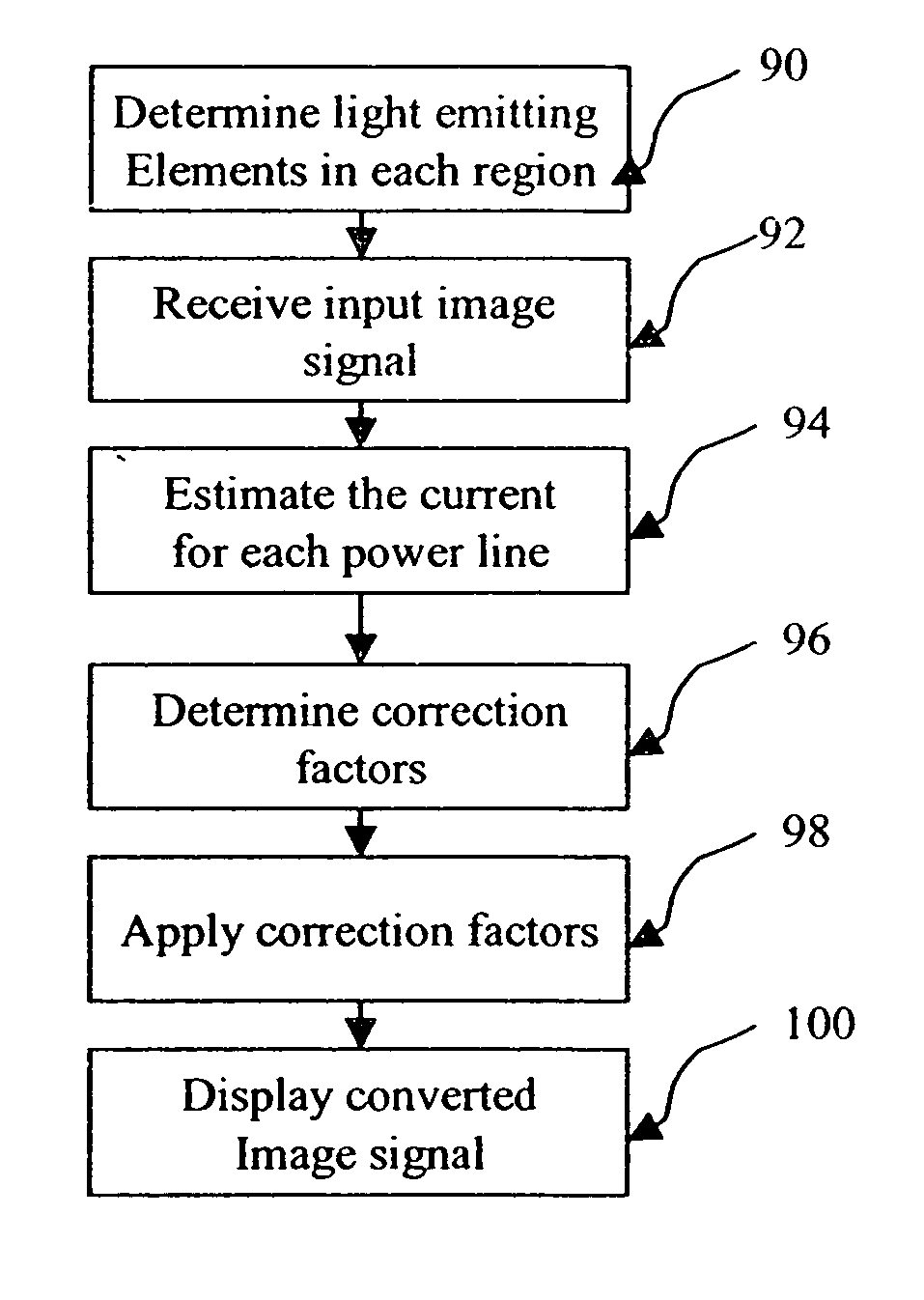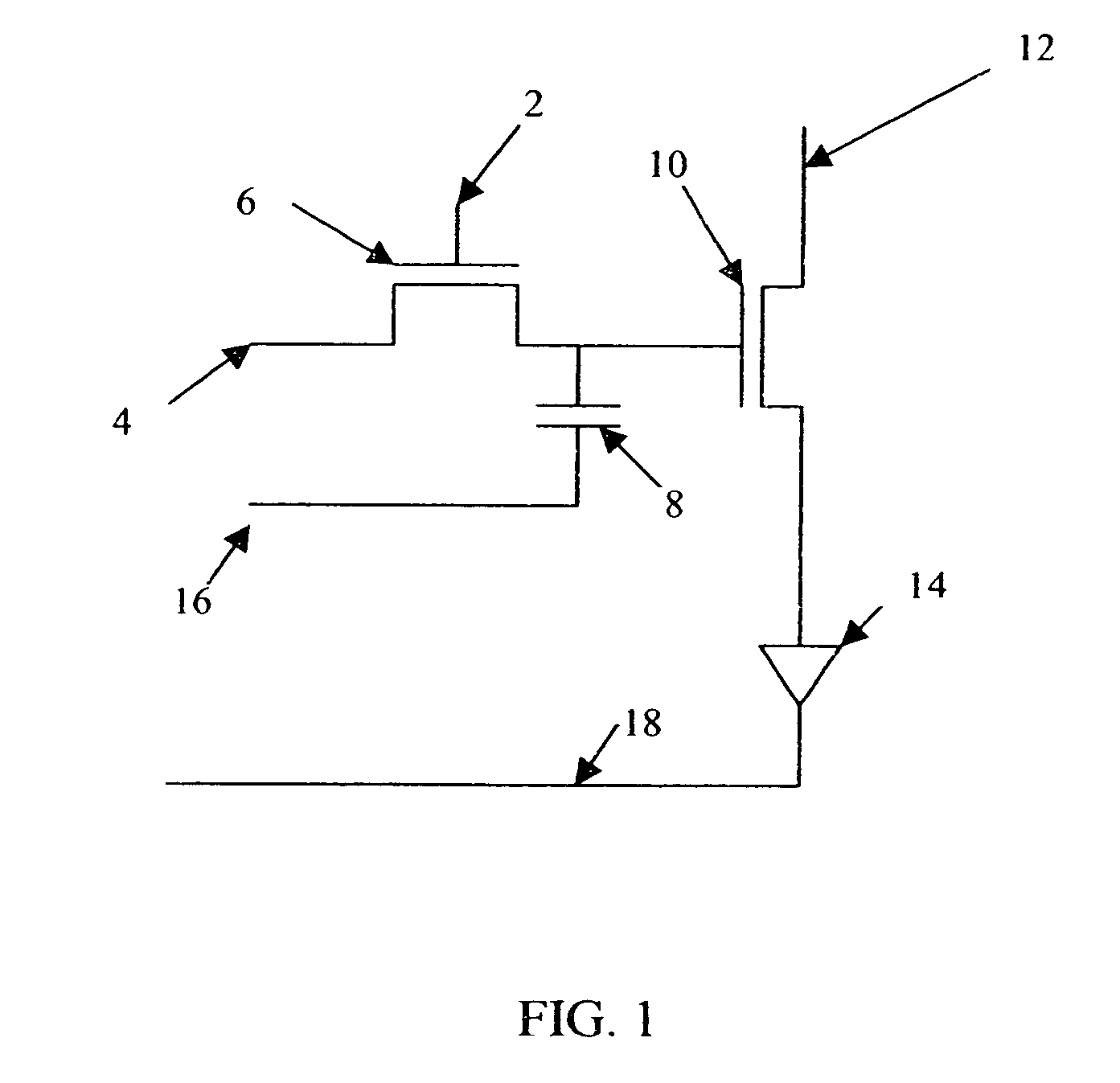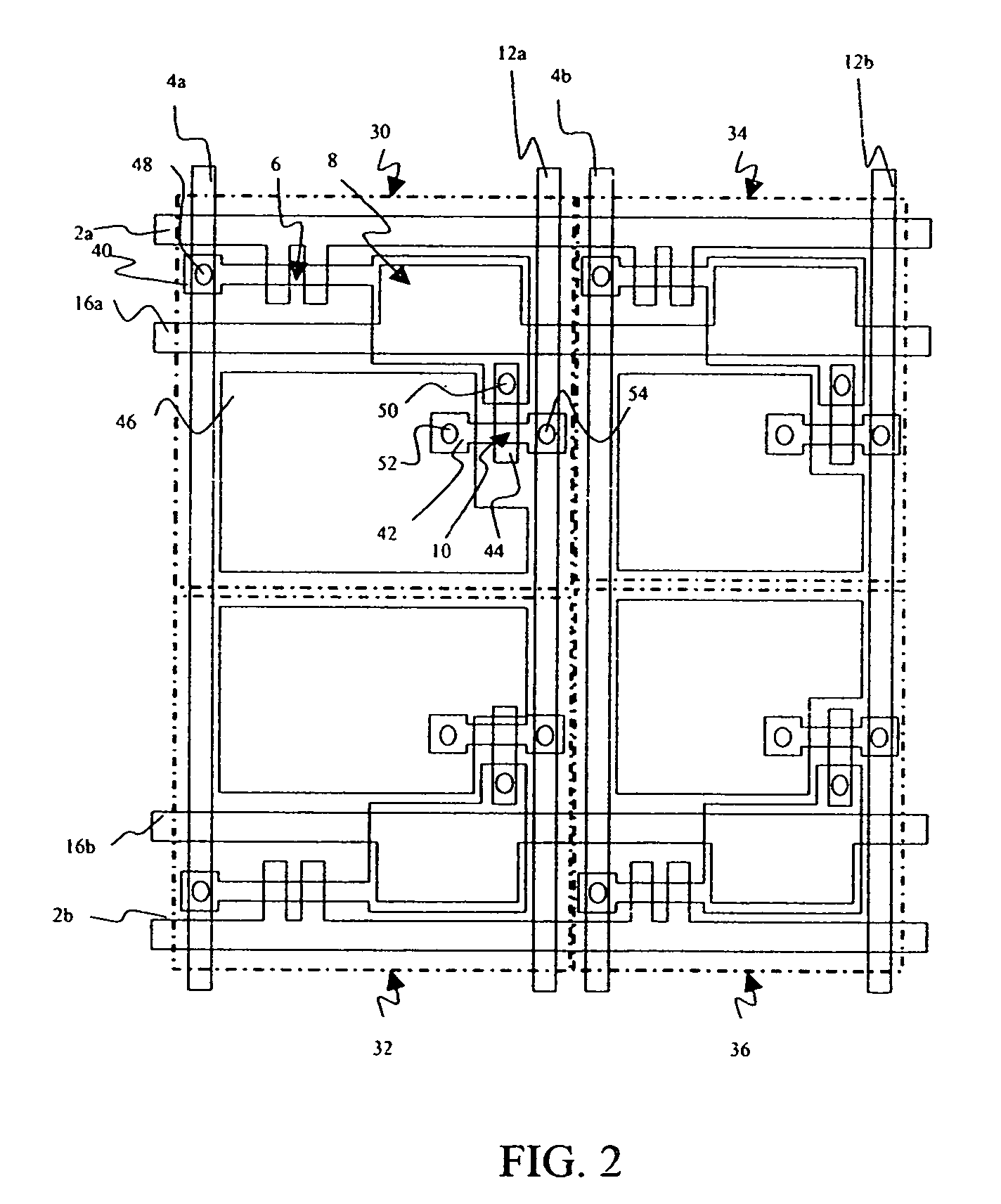Electroluminescent display brightness level adjustment
a technology of electroluminescent display and brightness level, applied in the direction of instruments, static indicating devices, etc., can solve the problems of power consumption dependent upon input signal, power consumption dependent on display device power, power consumption dependent on emissive display technology, etc., to reduce apparent artifacts, large and/or bright displays, and high current levels
- Summary
- Abstract
- Description
- Claims
- Application Information
AI Technical Summary
Benefits of technology
Problems solved by technology
Method used
Image
Examples
Embodiment Construction
[0023] The present invention provides a display system including a display driver that analyzes the input signal to an electroluminescent display and modifies this signal to limit the maximum unintended difference in current draw among regions of the display where the regions represent groups of light-emitting elements, such as OLEDs, that are driven by neighboring pairs of power lines.
[0024] More specifically an electroluminescent display system is provided, comprising: a display composed of an array of regions, wherein the current to each of the regions is provided by a pair of power lines and wherein each region includes an array of light emitting elements for emitting light; a pixel driving circuit for independently controlling the current to each light-emitting element in response to an image signal, wherein the intensity of the light output by each light emitting element is dependent upon the current provided to the light emitting element; and a display driver for receiving a...
PUM
 Login to View More
Login to View More Abstract
Description
Claims
Application Information
 Login to View More
Login to View More - R&D
- Intellectual Property
- Life Sciences
- Materials
- Tech Scout
- Unparalleled Data Quality
- Higher Quality Content
- 60% Fewer Hallucinations
Browse by: Latest US Patents, China's latest patents, Technical Efficacy Thesaurus, Application Domain, Technology Topic, Popular Technical Reports.
© 2025 PatSnap. All rights reserved.Legal|Privacy policy|Modern Slavery Act Transparency Statement|Sitemap|About US| Contact US: help@patsnap.com



